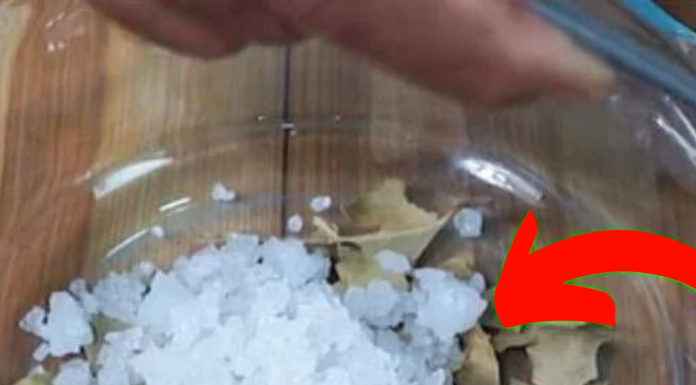Container gardening offers a flexible and inclusive method for individuals at any gardening skill level to cultivate their own vegetables, no matter the extent of their outdoor area. Whether it’s a balcony, patio, or windowsill, various vegetables can prosper in containers. The pivotal factor for triumph is selecting the appropriate container size corresponding to each vegetable type to guarantee ample space for growth and prosperity. Here’s a thorough manual outlining the vegetables suitable for container growth and the optimal container size for each variety.
1. Lettuce

- Container Size: 6-8 inches deep and 10-12 inches in diameter.
- Growing Tips: Lettuce prefers cooler temperatures and partial shade. Keep the soil moist for best growth.
2. French Beans
- Container Size: At least 12 inches deep. For bush varieties, a 12-inch diameter pot can support 3-4 plants. Climbing varieties need a trellis or support.
- Growing Tips: Position in full sun and water regularly. Use a potting mix rich in organic matter.
3. Radish
- Container Size: 6-8 inches deep is sufficient for most varieties.
- Growing Tips: Radishes are quick to grow. Keep the soil moist and thin seedlings to avoid overcrowding.
4. Carrot
- Container Size: At least 12 inches deep for standard varieties. Shorter varieties can manage with 8 inches.
- Growing Tips: Use loose, well-draining soil. Thin seedlings to prevent crowding and ensure even growth.
5. Beet

- Container Size: At least 8-10 inches deep.
- Growing Tips: Beets need well-draining soil and consistent moisture. Thin seedlings to allow room for root expansion.
6. Tomato
- Container Size: At least 18-24 inches deep for indeterminate varieties. Determinate varieties can do with 12-15 inches.
- Growing Tips: Support with stakes or cages. Choose a sunny spot and water regularly, keeping the soil evenly moist.
7. Kale
- Container Size: 12-15 inches deep and wide for a few plants.
- Growing Tips: Prefers cool weather. Water consistently and place in a spot that receives plenty of sunlight.
8. Spring Onion
- Container Size: 6 inches deep is adequate.
- Growing Tips: Easy to grow in partial shade to full sun. Keep the soil moist.
9. Spinach
- Container Size: 6-8 inches deep.
- Growing Tips: Spinach prefers cooler temperatures and can grow in partial shade. Keep the soil moist.
10. Swiss Chard

- Container Size: 8-12 inches deep.
- Growing Tips: Tolerant of poor soil, but rich, well-draining soil is best. Can grow in both sun and partial shade.
11. Cucumber
- Container Size: At least 12 inches deep and wide. Use a trellis for climbing varieties.
- Growing Tips: Keep in a sunny location and water consistently. Cucumbers prefer warm temperatures.
12. Potato
- Container Size: At least 18-24 inches deep and wide.
- Growing Tips: Use a mix of compost and garden soil. As plants grow, keep adding soil to cover the stems.
13. Onion
- Container Size: 10-12 inches deep.
- Growing Tips: Needs full sun. Use well-draining soil and keep it moist.
14. Peppers
- Container Size: At least 12-14 inches deep and wide per plant.
- Growing Tips: Thrive in warm conditions and full sun. Water regularly and use well-draining soil.
15. Garlic
- Container Size: 8-10 inches deep.
- Growing Tips: Plant cloves in well-draining soil. Prefers cool temperatures initially, then warm.
Additional Vegetables for Container Gardening:
16. Zucchini
- Container Size: At least 18-24 inches deep and wide.
- Growing Tips: Requires full sun and regular watering. Support with a stake as the plant grows.

17. Eggplant
- Container Size: At least 12-14 inches deep.
- Growing Tips: Warmth-loving plant that needs full sun and regular watering.
Container gardening opens up a world of possibilities for growing your own vegetables. By selecting the right container size and providing the appropriate care, you can enjoy a bountiful harvest from just about any small space. Remember, the key to successful container gardening is regular watering, as containers tend to dry out faster than traditional gardens, and choosing a quality potting mix that will support your plants’ nutritional needs throughout their growth cycle. Happy gardening!










